Keeping Animals Cool: Livestock shelter & other tips
Providing a proper livestock shelter for your animals is a huge key to keeping them healthy and productive during hot summer months. There are a few other tips and tricks you can use to ensure your animals stay cool in the heat!
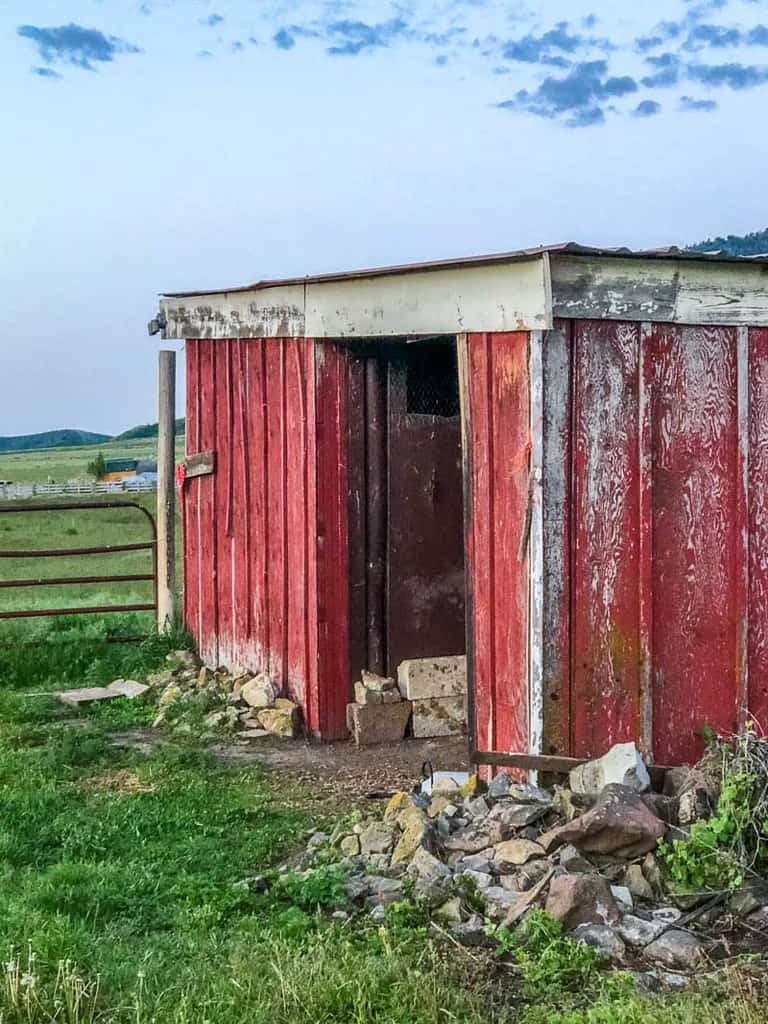
Did you know that staying cool during hot weather is actually harder for livestock than staying warm in cold weather? It’s true! If livestock animals have a place to stay dry, keeping warm in the winter is pretty easy for them. The hot summer months are when the weather poses a serious threat, it can be very hard for livestock to cool off.
Additionally, livestock won’t grow or produce as well if they are under heat stress. The most important thing you can do for your livestock is to provide them with a shelter.
Here are some characteristics of a good livestock shelter:
- A good livestock shelter should provide deep shade. Deep shade means that the ground stays cool all day long, regardless of the temperature outside. This typically means that the shelter faces north.
- A good shelter should also be well ventilated. This means that air can circulate through the shelter. This helps with waste and pest management as well as keeping your livestock cool.
- A good shelter should be large enough for water and food. It may not work out to keep water and food in your shelter at all times, but it can be beneficial to feed and water in the shelter during extremely hot weather. Providing cool water and food helps your livestock regulate their body temperature more effectively.
- A good shelter is a safe shelter. It shouldn’t have any protruding nails, the roof and walls should be stable, and there shouldn’t be any tight spaces that livestock could get caught in. The opening should be wide enough for multiple animals to pass through at once which helps to eliminate dominance issues and injuries.
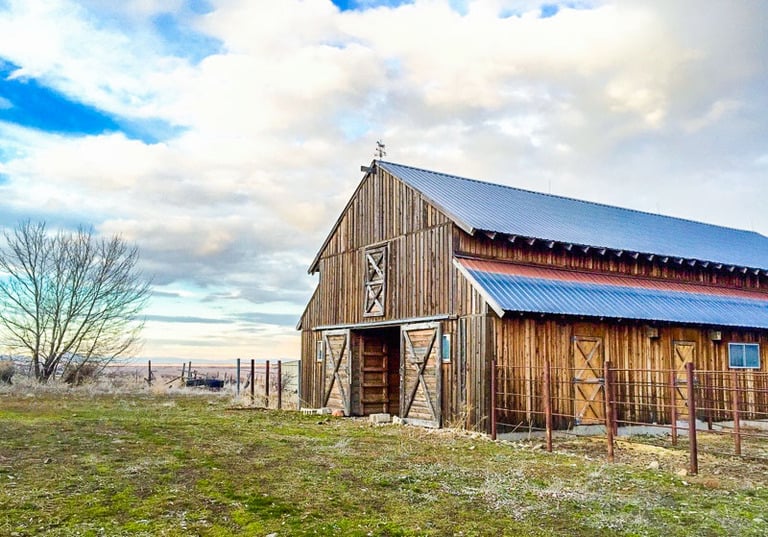
If you don’t have a livestock shelter but have barn, stable animals during the hottest parts of the day. Then turn them out during the night so they can graze during cool weather. This is a very simple solution that doesn’t require you building an entirely new structure.
Providing salt for your animals can also help keep them hydrated during hot weather. This may sound counter-intuitive, but if you keep salt out, they will lick it, which means they will need to drink more often than if they were just grazing. It’s a nice little trick to increase water intake while replenishing any salts they may lose if they sweat.
If you have older animals or very young animals, providing a feed higher in energy can also help them battle the heat more effectively. This could be a supplement or just a higher energy hay source. Consult with your veterinarian or animal nutritionist for details specific to your farm and livestock.
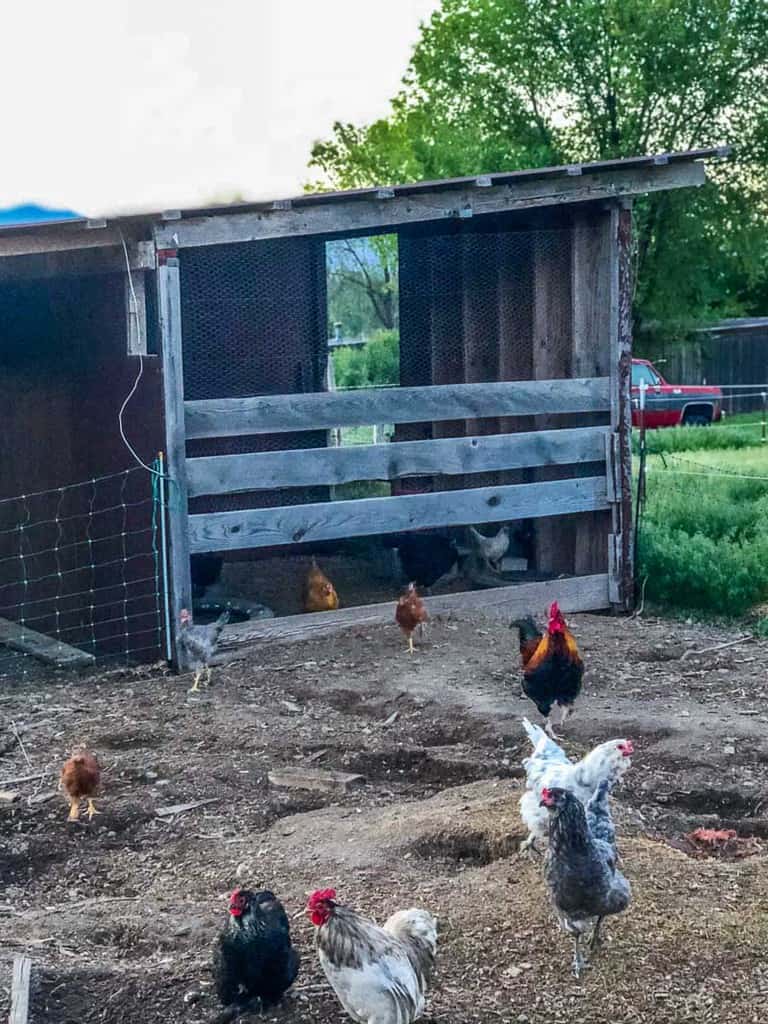
Another trick you can use to keep your animals cool is to simply spray them off. Some livestock animals don’t appreciate this, but if you do it consistently they will start to realize that it makes them feel better. If I can’t spray them directly, I’ll often spray down the inside of their shelter, I also do this in my chicken coop. This lowers the overall temperature of the shelter and makes a nice cool spot for them.
This year I actually plan to set up misters in all of my shelters. Most large dairy operations are more like a spa for cows than farms, and they will use misters on a timer to ensure their cows and barns stay at an optimal temperature at all times. (Believe it or not, that is just one of many things these farms do to ensure cow comfort!) While I don’t have that kind of technology, it is easy and inexpensive to set up misters on a timer and that provide some nice relief for your livestock during hot months.
Going to the effort of keeping your livestock cool is very important for their overall health and production! These little management changes often yield the greatest positive results in livestock production.

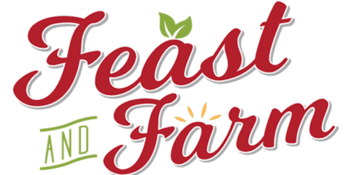
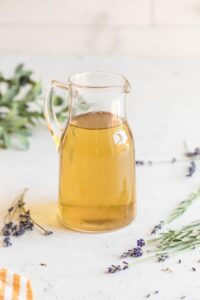


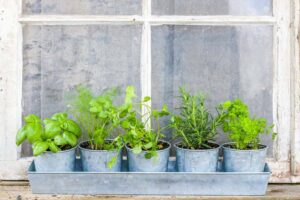

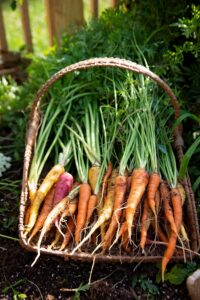
About the Author
Rachel Ballard, RN, BSN brings more than 20 years of professional nursing expertise to Feast and Farm. With a love for nutrient dense foods that support wellness, she works to distill complex health information and current trends into recipes that fuel the best version of yourself. Read more about Rachel here.